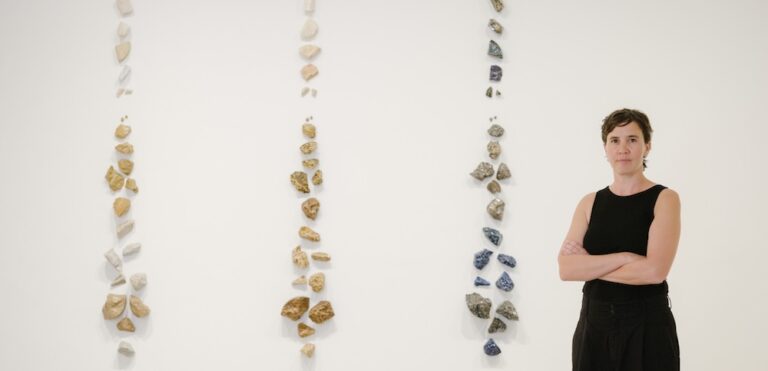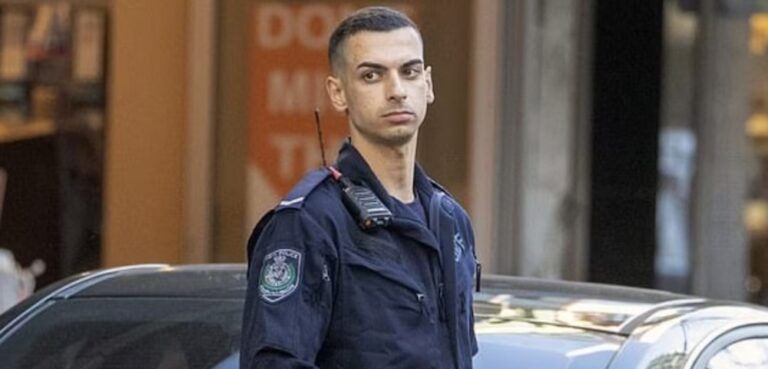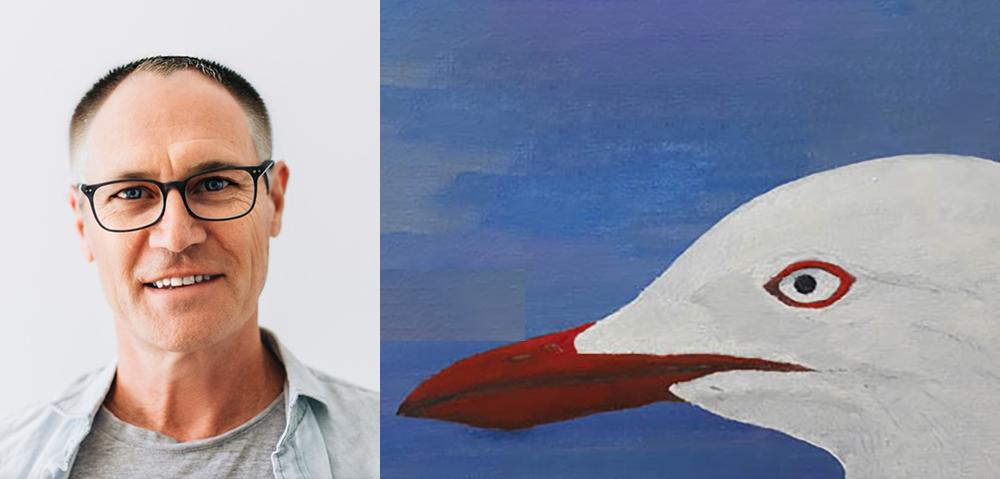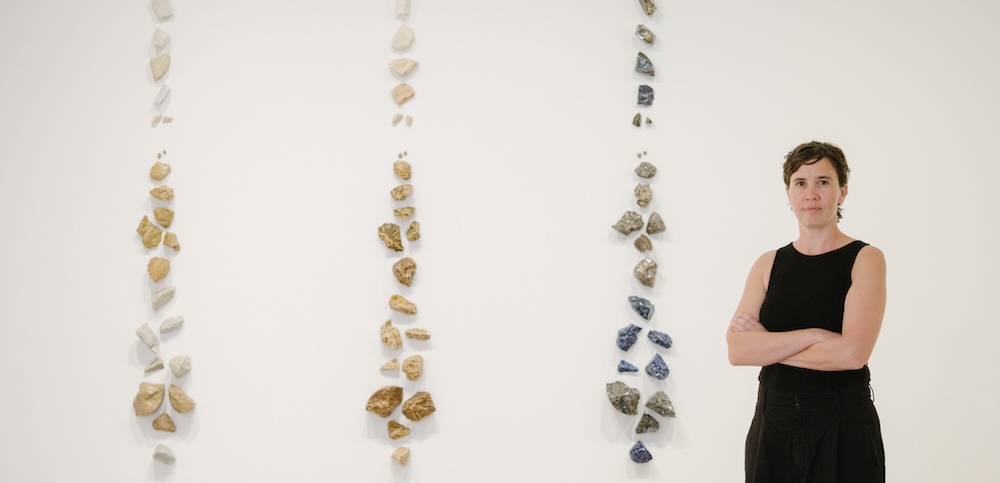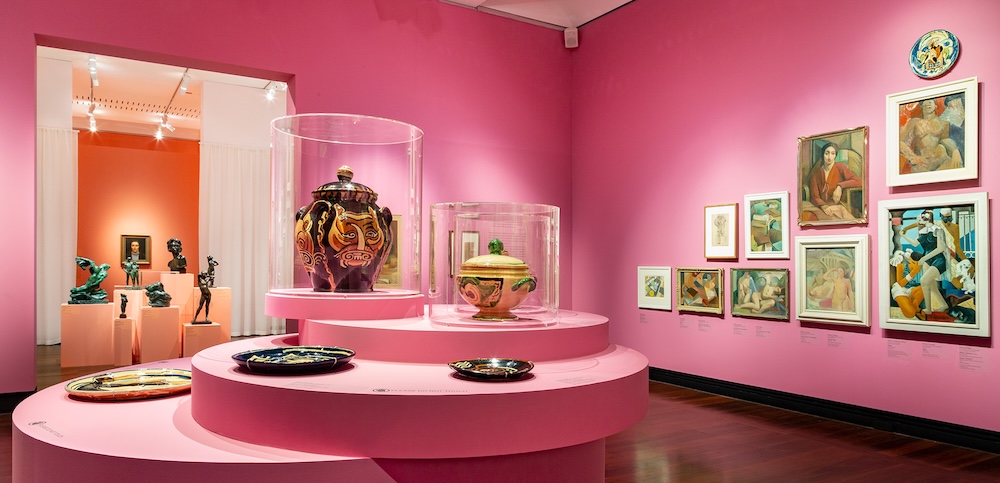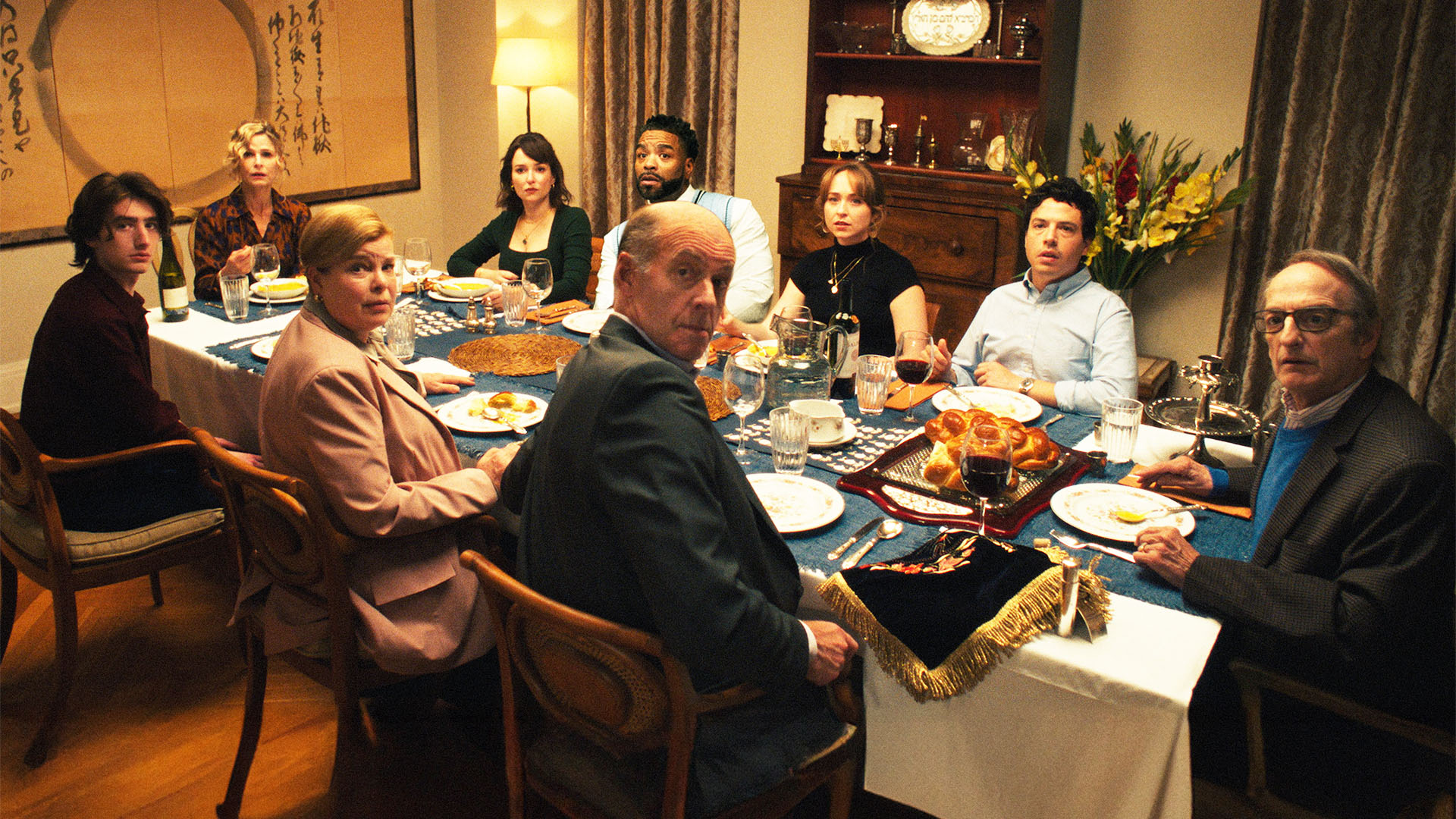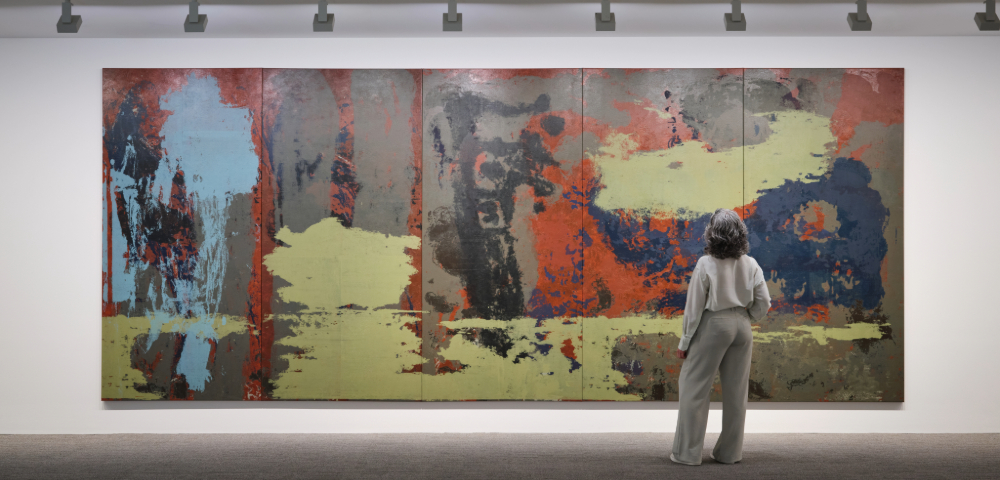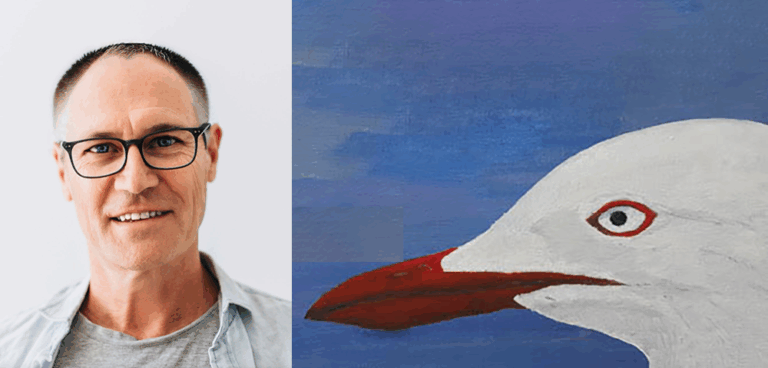
The Lehman Trilogy – REVIEW

It’s rare that the reality lives up to the hype but that is what you get with The Lehman Trilogy.
Epic in scale and breath-taking in execution, The Lehman Trilogy, directed by Sam Mendes based on the adaptation by Ben Power from a script from Italian Stefano Massini, three actors take us across 150 years and three generations of the now infamous family.
The play opens as janitors are boxing up the contents of a corporate headquarters in New York before we move back in time to a migrant processing centre in New York harbour.

Here, in 1844 a migrant from Bavaria arrives as Heyum Lehmann and leaves as Henry Lehman (Adrian Schiller).
At its heart, it is an immigrant-made-good story as we come across Henry Lehman in his clothing store in Montgomery Alabama where he is soon joined by brothers Emanuel (Howard W Overshown) and Mayer (Aaron Krohn).
Driven by hard work and the desire to make a profit, underpinned by their Jewish principles, the brothers quickly realise that there is more money in the local cotton industry than “schmatta” (rags) and a transformation into the global corporation is underway.

The brothers also move from dealing with physical commodities to financial trading, which each new generation evolves further into the unreal world of abstract finance, ending with the company’s demise.
By this time no Lehman is involved in the company, despite all generations working on the principle of family first.
Directed by Sam Mendes for his Neal Street Productions (with the National Theatre) the play has had several runs in the US, including LA with Howard W Overshown, and the UK, before its premier in Sydney.

Mendes has brought all of his considerable skills to this production where all the elements shine, but none more than his ability to seamlessly move three actors through myriad roles and generations and which International Tour Director Rory McGregor has faithfully interpreted.
Script adaptor Ben Power has produced a crisp and well paced text that is both dramatic in its execution and at times hilarious in dry wit.
None of The Lehman Trilogy’s success as a production would be possible without the skill of actors Adrian Schiller, Howard W Overshown and Aaron Krohn, who work effortlessly off each other.

All equally matched, they provide not only the lead characters across three generations but also a large number of support roles as the family history unfolds.
With little in the way of props and no change of costumes, through the subtle use of nuance and physicality they inhabit all of the characters they portray from a three-year-old child, wives and lovers to tightrope walkers and rabbis.
In the third act Aaron Krohn has one moment where he brings the house down with his horizontal dancing routine that is brilliantly executed with support by the rest of the cast.

Set designer, Es Devlin has given us a simple open plan box set in a revolve that adapts in time and space from the early clothing store in Montgomery through the ages until the final scene set in the early days of the global financial crisis.
With their fluid choreography, the actors are always in control of the set instead of it dominating them, as they seamlessly moved from one part to another.
The use of archive boxes are an important set element as they evolve from being containers for seeds in the early years through to being a last resort for the vapour ware that brings the world to its knees.

A cyclorama reaching from one side of the stage to the other gives us a screen on which video designer, Luke Halls’ images, from early cotton cropping in Alabama to the rise of New York City, are a powerful backdrop onto which the drama is played out.
Sound design by Nick Powell is subtle and effective with moments of shock, particularly during the Wall Street crash.
Jon Clark’s lighting is strong and moves the set not only from day to night but also across the generations without fighting the video backdrops.
At the side of the stage, as in the silent movies, is pianist Cat Beverage who uses a Yiddish folk song as a motif signifying the advance of time and action.
Costume designer Katrina Lindsay has designed three exquisitely tailored suits that become their own adaptable characters as the actors move through the generations.
The Lehman Trilogy is that rare production where all of its elements come together to produce theatre that is memorable and rewarding.
